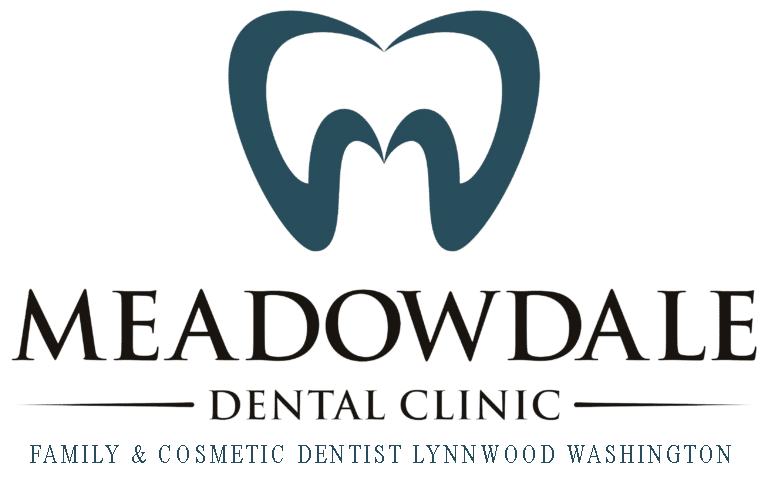Tooth Pain After Filling
Your dentist replaced the decayed and damaged area of your tooth with a tooth filling lynnwood wa so the discomfort caused by the cavity may be replaced by discomfort from the new filling. The cavity itself should no longer be causing pain for you; but sore teeth from the procedure itself or from the new filling is not uncommon.
First Cause
There are a few major causes for residual soreness and pain. The first major cause for pain after a cavity is removed and a filling is set in place is general tooth sensitivity. The tooth may be more susceptible to hot foods and drinks or very cold foods and drinks than it was before the filling. Even breathing through your mouth outside on a cold day may cause the tooth to feel more sensitive than the teeth around it. Immediately following the procedure and shortly thereafter the intensity with which you chew your food can cause the tooth to feel more sensitive. These problems can be circumvented by eating and drinking things that are of a more moderate temperature. You can alternate chewing from one side of the mouth to the other if the pressure from biting is too uncomfortable. Finally, a toothpaste that addresses sensitivity can be helpful to get the tooth and its new filling clean and more resilient to more extreme temperatures.
Second Cause
The second major cause for pain after a filling is a cracked or improperly fit filling. If the filling is too large for the cavity it was designed to cover or too small and doesn’t cover the hole in the tooth properly, the pain is an important call to action for you to follow up with your dentist. Moreover, if when chewing you hear a cracking sound or you think you see a crack in the filling when you investigate your new dental work, follow up with your dentist. The filling should be a helpful and long term solution to your cavity and not allow for worsening of your tooth’s condition or more pain.
Third Cause
The third common cause for pain after you receive a filling is a possible allergy to the material used for the actual filling. When working with your dentist it is very important that you share any and all allergies so your dentist can help you choose the best course of action for your dental procedures. The allergic reaction can cause swelling around the tooth or pain on the exposed part of the tooth. If you suspect you may be allergic to one of the materials used for the filling, please follow up with your dentist. The dentist may use a metal alloy or adhesive that your body does not tolerate well. If you have had an allergic reaction in the past, be sure to let your dentist know before you have any dental procedures.
Final Cause
Finally, you may find that immediately following the procedure you have sore teeth. Switching to softer, and room temperature foods will help reduce discomfort from acute sensitivity. Toothpaste for sensitive teeth, softer dental floss, and gentle toothbrushes can help your mouth adjust to the new filling while helping you maintain important and preventative dental habits.
More About Dental Fillings : Sensitivity After Fillings
